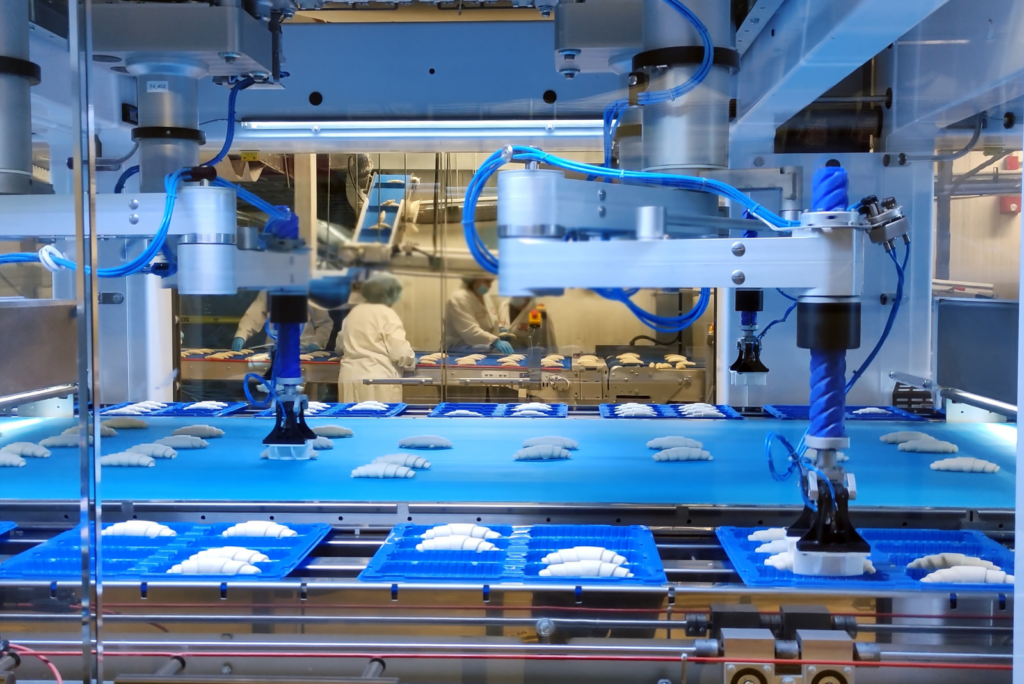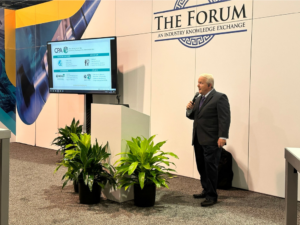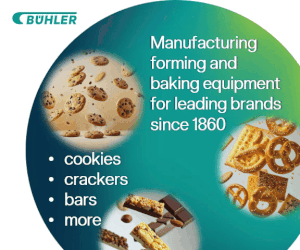LAS VEGAS — When brands consider tapping a co-manufacturer as a production resource, it’s likely for one of four primary reasons. That was a point of discussion during Carl Melville’s assessment on the state of co-manufacturing during Pack Expo, which took place Sept. 11-13 at the Las Vegas Convention Center.
Melville, who is president of The Melville Group, spoke on behalf of CPA, The Association for Contract Packagers and Manufacturers, which released its 14th Annual 2023 State of the Industry Report.
Of the four, capacity was the least likely reason that a brand would use a co-manufacturer, according to CPA research. It’s a factor that, at first blush, seems like it would be driving the need.


 The second biggest factor driving the need for co-manufacturing is innovation. This is a clear sign of the times, according to Melville.
The second biggest factor driving the need for co-manufacturing is innovation. This is a clear sign of the times, according to Melville.





